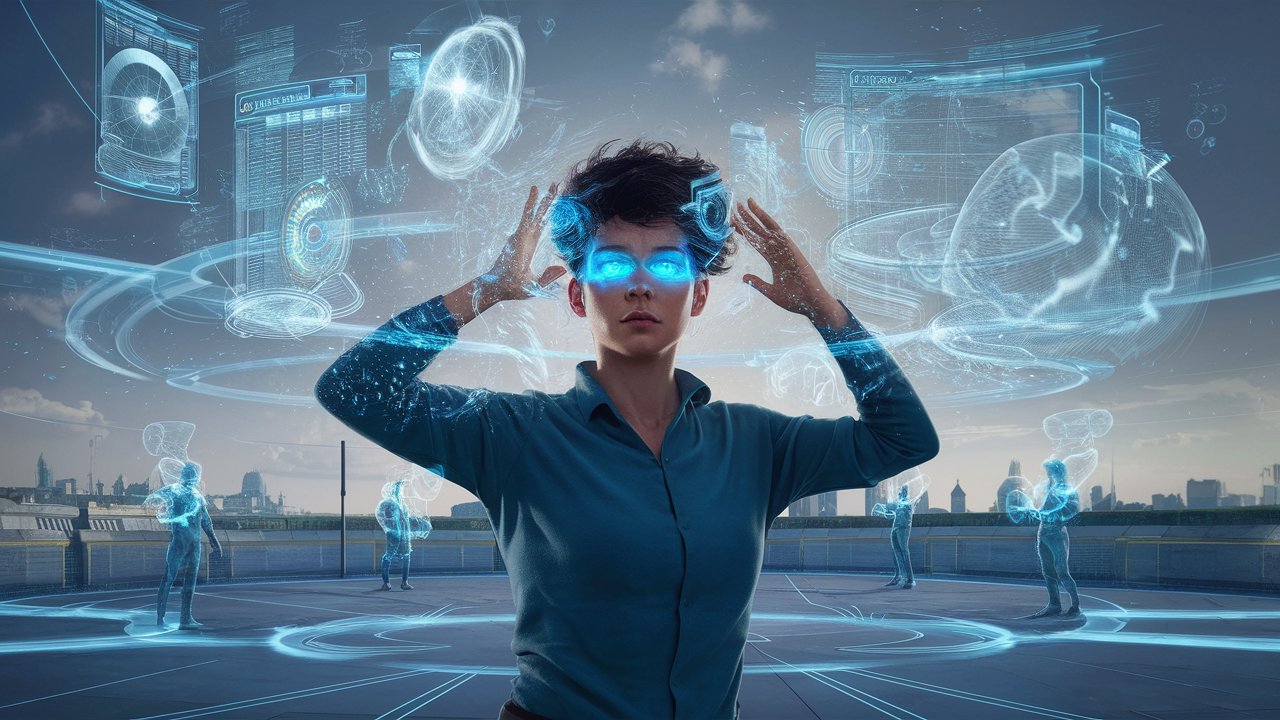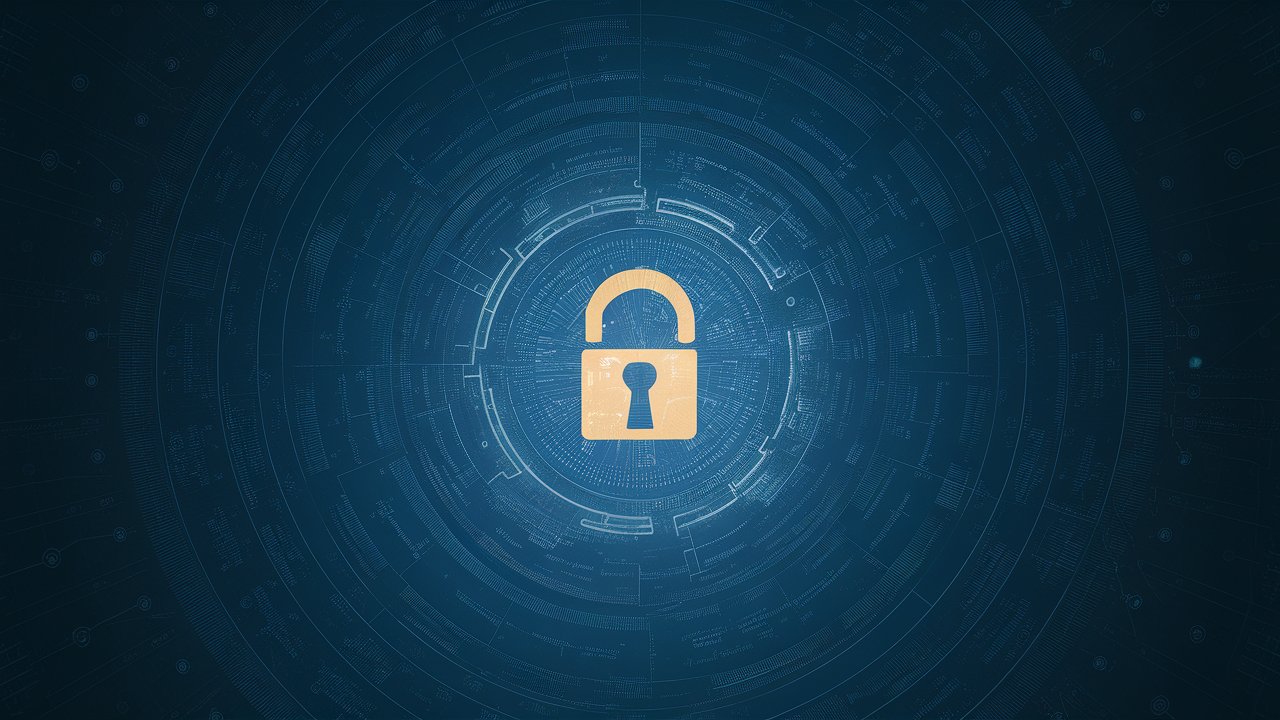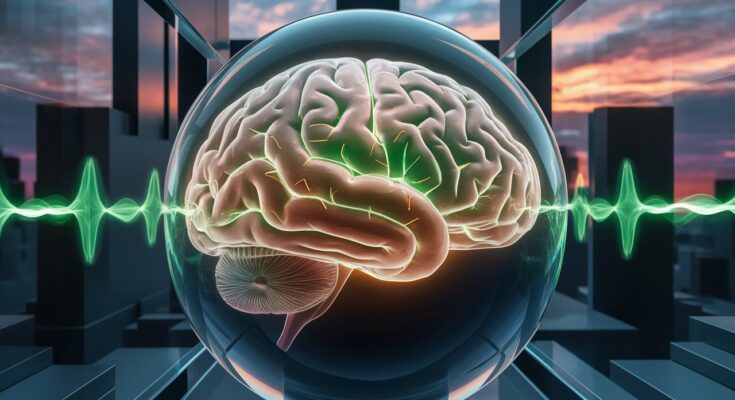Spatial awareness is a critical skill that allows individuals to understand and interact with the space around them. It involves recognizing the positions of objects, the distances between them, and how they relate to one another. Enhanced spatial awareness is not only beneficial for athletes and artists but also for everyone in daily life. This article explores the importance of spatial awareness, methods to improve it, and personal anecdotes to illustrate its impact.

Understanding Spatial Awareness
Spatial awareness encompasses the ability to visualize and manipulate objects in one’s mind, navigate through spaces, and understand spatial relationships. It is essential for various activities, such as driving, playing sports, and even simple tasks like arranging furniture.
The Role of Spatial Awareness in Daily Life
- Navigation and Mobility: Enhanced spatial awareness aids in navigating through crowded places, avoiding obstacles, and finding efficient routes.
- Safety: It helps in preventing accidents by allowing individuals to judge distances accurately, whether while driving or walking.
- Sports and Physical Activities: Athletes rely on spatial awareness to position themselves, anticipate opponents’ moves, and execute precise actions.
- Art and Creativity: Artists and designers use spatial awareness to create balanced and visually appealing works.
- Learning and Problem-Solving: It enhances the ability to understand diagrams, maps, and spatial puzzles, which is crucial in subjects like mathematics and science.
Methods to Enhance Spatial Awareness
1. Engage in Physical Activities
Regular physical activities, especially those that require coordination and movement through space, can significantly improve spatial awareness.
- Sports: Playing sports like basketball, soccer, or tennis helps in developing a sense of positioning and movement.
- Dance: Dancing involves understanding and navigating through space, which enhances spatial awareness.
- Yoga and Pilates: These practices focus on body awareness and spatial orientation.
2. Play Video Games
Certain video games, especially those involving navigation and strategy, can improve spatial skills. Games like Tetris, first-person shooters, and puzzle games require players to manipulate and visualize objects in space.
3. Practice Visualization Techniques
Visualization exercises can help improve mental imagery and spatial reasoning. For instance, try to mentally picture rearranging the furniture in your room or navigating through a familiar place.
4. Use Spatial Language
Incorporating spatial language into daily conversations can enhance awareness. Use terms like “above,” “below,” “beside,” and “between” to describe locations and movements.
5. Engage in Hobbies
Certain hobbies like drawing, painting, and sculpting require a keen sense of space and can help develop spatial awareness. Similarly, activities like solving jigsaw puzzles and playing with building blocks can be beneficial.
6. Mindfulness and Meditation
Practicing mindfulness and meditation can enhance body awareness and, in turn, spatial awareness. Techniques that focus on body scanning and awareness of surroundings are particularly helpful.

Personal Anecdotes
Navigating the Labyrinth of New York City
As a young adult, I moved to New York City, a place renowned for its bustling streets and crowded subways. Initially, navigating the city was overwhelming. My spatial awareness was put to the test as I tried to memorize routes, avoid collisions with hurried pedestrians, and navigate the complex subway system.
Over time, my spatial awareness improved significantly. I started using landmarks and visual cues to navigate more efficiently. This enhanced ability not only made my daily commute smoother but also boosted my confidence in exploring new areas.
The Impact of Sports
Growing up, I was passionate about basketball. The sport demanded precise spatial awareness—knowing when to pass the ball, how to position myself on the court, and how to anticipate opponents’ moves. This experience honed my spatial skills, which translated into other areas of life, such as driving and problem-solving.
Artistic Endeavors
In my spare time, I enjoy painting. Working on a canvas requires a keen sense of space to create balanced and harmonious compositions. This practice has not only improved my artistic skills but also my spatial awareness. I began to notice how objects relate to each other in space, which even helped me in tasks like interior decorating and organizing my workspace.

The Science Behind Spatial Awareness
Research indicates that spatial awareness is linked to the right hemisphere of the brain, which is responsible for visual and spatial processing. Enhanced spatial awareness has been associated with increased gray matter in this region.
Studies have shown that activities like playing action video games can lead to structural changes in the brain, improving spatial attention and working memory. Furthermore, engaging in physical activities that require spatial navigation can enhance hippocampal function, which is crucial for spatial memory.
Conclusion
Enhanced spatial awareness is a valuable skill that can significantly impact various aspects of life. Whether it’s navigating through a crowded city, excelling in sports, or creating art, improving your spatial awareness can lead to a more efficient, safe, and enjoyable experience.
By incorporating physical activities, practicing visualization techniques, engaging in hobbies, and being mindful of spatial language, you can enhance your spatial awareness. The benefits extend beyond daily tasks, contributing to overall cognitive function and quality of life.
Embrace the journey of enhancing your spatial awareness and unlock your full potential in navigating the world around you.



